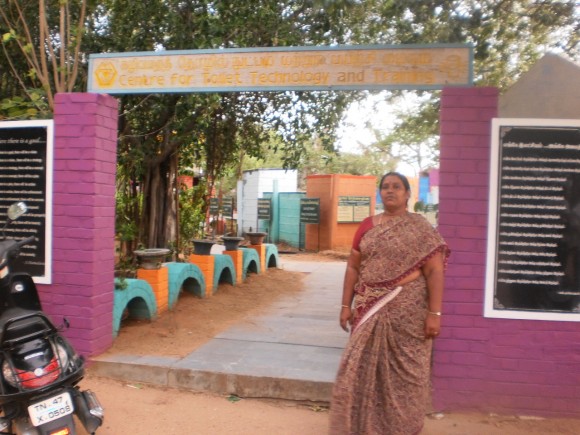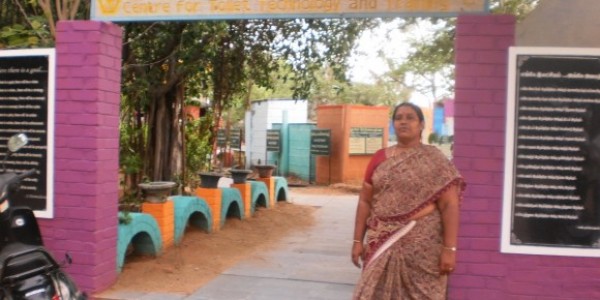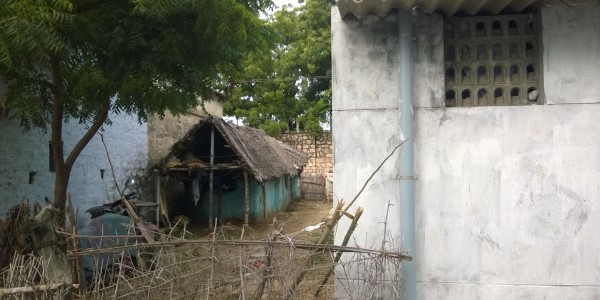New data released by the National Sample Survey Office (NSSO) earlier this year has once again underlined the woeful state of sanitation in India, especially in rural areas where two-thirds of our population lives. According to the NSSO, less than 32% of rural Indians have their own toilets and only 9% more have some form of access through communal arrangements. These abysmal numbers make India an outlier when it comes to sanitation issues even among developing countries. Of the estimated billion people who defecate in the open, more than half reside in India.
As an independent director at Gramalaya Urban and Rural Development Initiatives and Network (GUARDIAN), the world’s first MFI to give microloans for acquiring household water and sanitation assets, I spend a significant amount of my time travelling through rural Tamil Nadu to better understand how access to water and sanitation facilities can be enhanced in these areas. My most recent visit took me to a small village in the Tiruchi district which is where Gramalaya, the non-profit parent organization of GUARDIAN, set up the Center of Technology and Training more than two decades ago.
Nalini, who showed me around the Center has been working there as a researcher for the past 15 years despite having little formal education. She explained that the ventilation pipes connected to leach-pit toilets kill the anaerobic bacteria needed to convert the feces into compost, so you need a drainage truck to empty the tank once it’s full. I was most fascinated to learn about eco-friendly toilet design though, one of which consists of an airtight model with double pits. The toilet can be connected to the second pit once the first one is full, allowing the first pit to naturally let the anaerobic bacteria grow over a period of 6 or so months. By the time the second pit is full, the compost from the first can be emptied and used in the farmers’ fields. Speaking to Nalini helped me realize that we often over-complicate things by not letting nature take its natural course.
The Center serves as a one-stop knowledge base for the design and construction of different models of toilets for visitors, including masons, villagers from nearby communities, NGO representatives and government officials. The models on display vary based on several factors including affordability, availability of space and water, geographical conditions, cultural habits, and access to skilled manpower. In addition to waterless toilets, the center even showcases the design of zero-budget toilets that can be built using locally available materials such as banana leaves, bamboo sticks and gunny bags.
By empowering individuals to construct their own low-cost, location specific and culturally appropriate toilets backed by GUARDIAN’s loans when needed, Gramalaya provides rural low-income households the choice and means to improve their lives resulting in better health outcomes and increased productivity. India can thus find the inspiration to solve its sanitation crisis in individuals like Nalini who are effectively bringing accessible and affordable solutions to the last mile.
This has been published at Acument Website as well: Grassroot solutions tackling India’s sanitation problems


